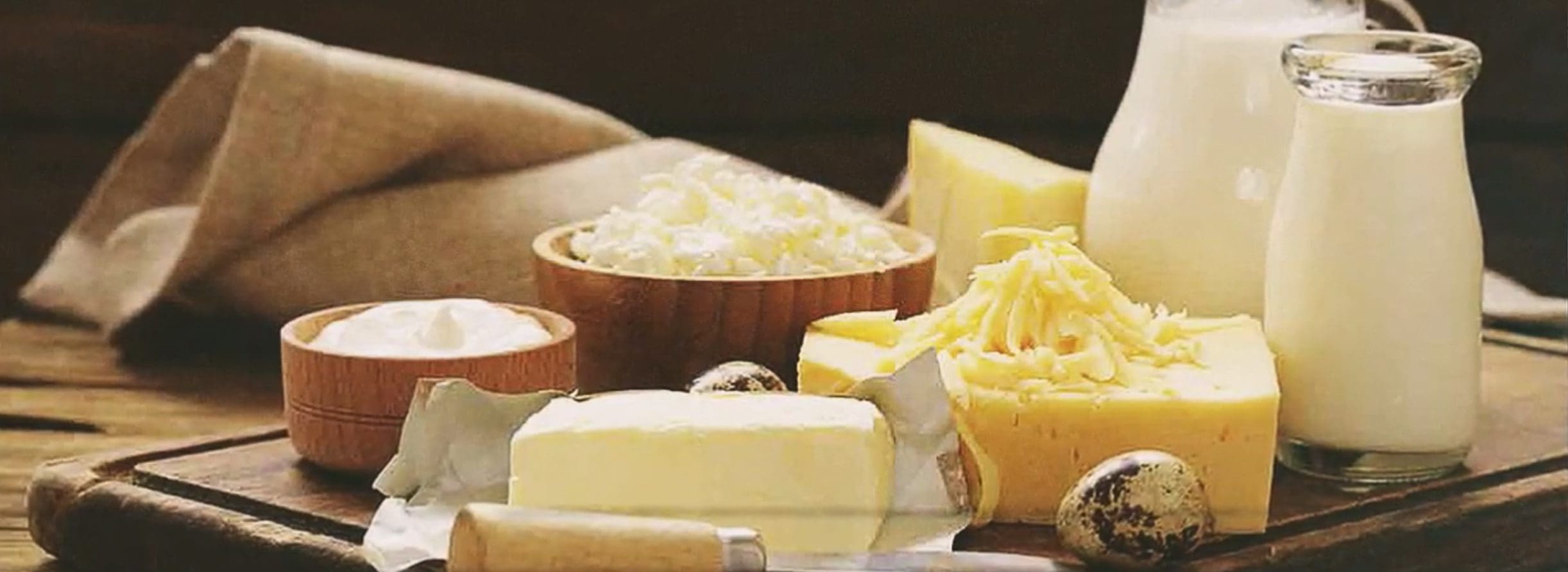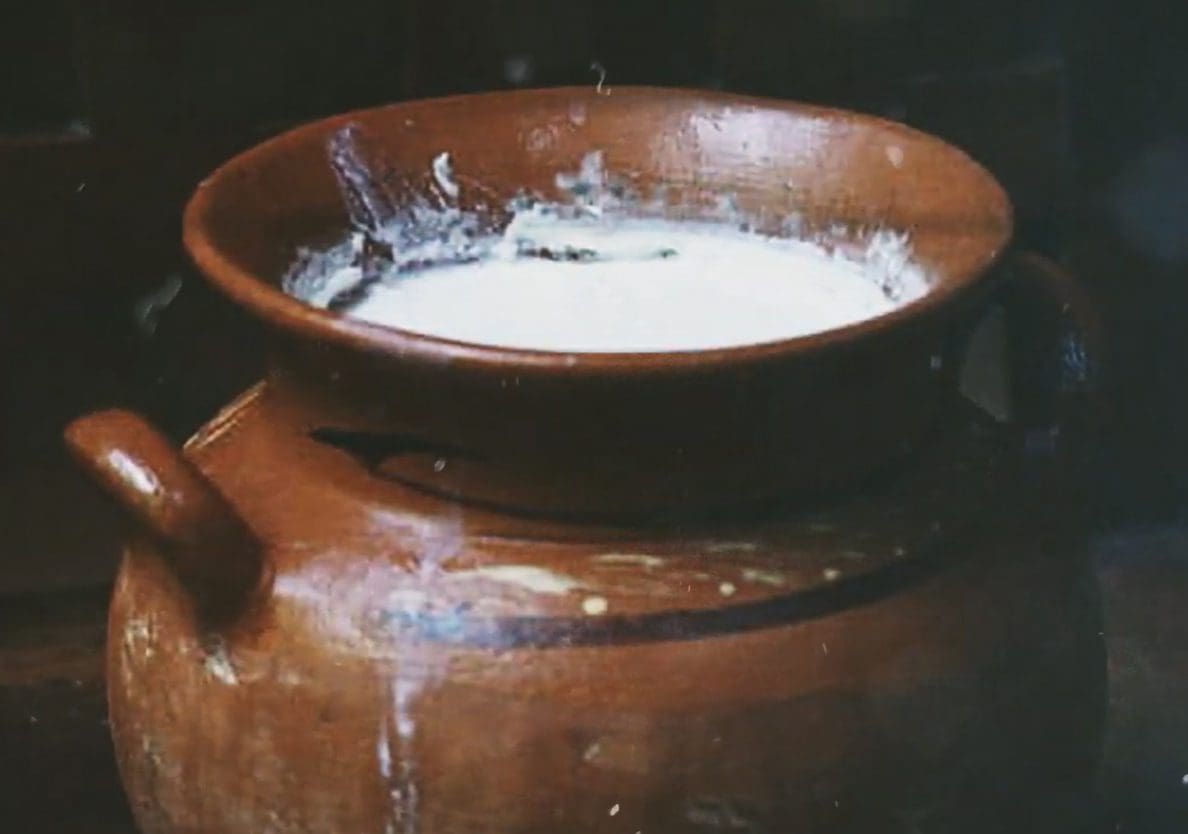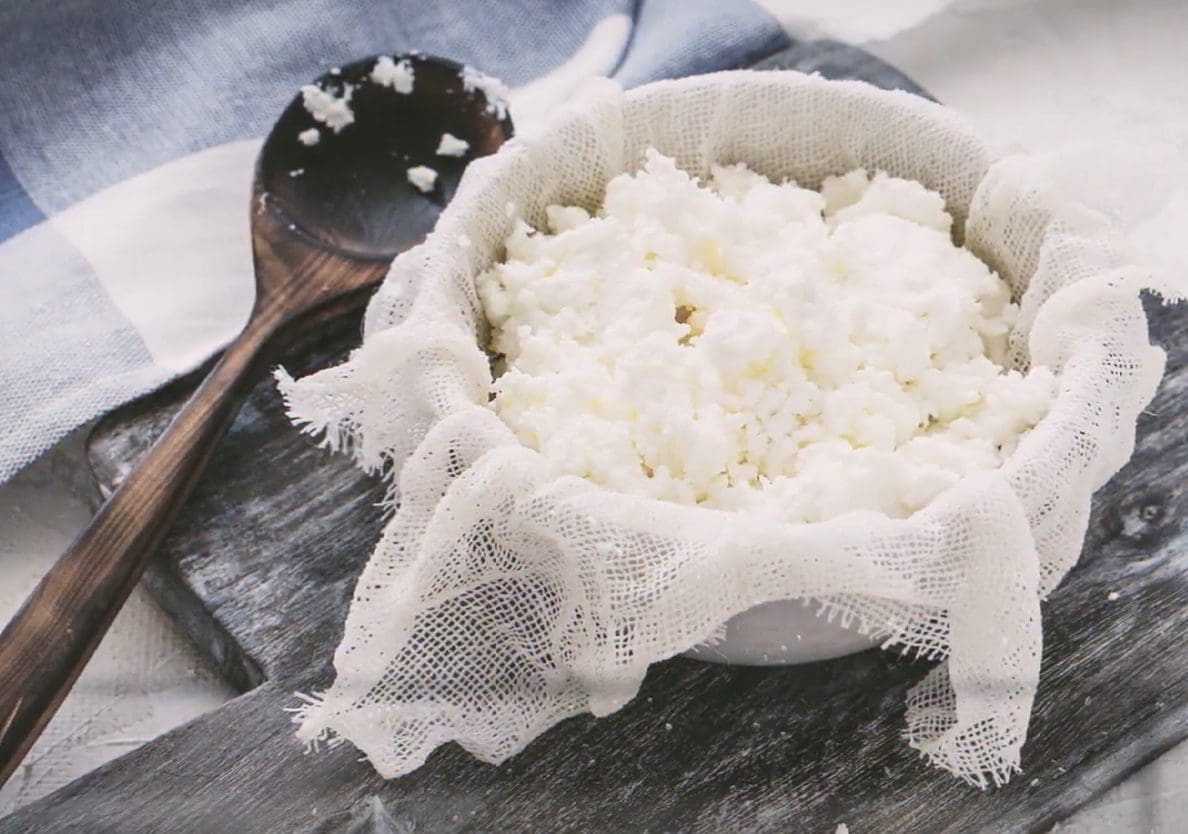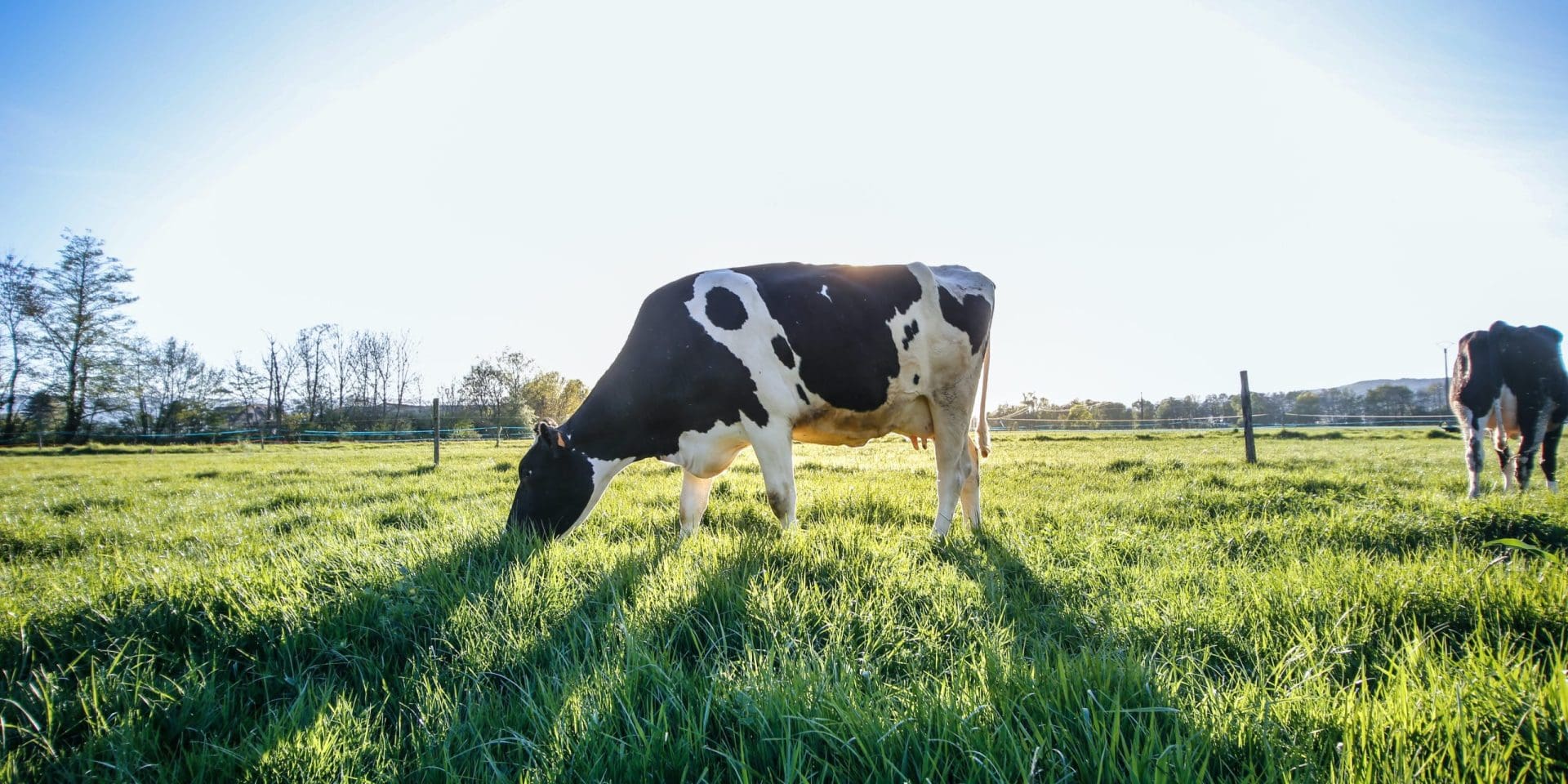The Hebrew word חֶמְאָה (ḥem’â) occurs no less than ten times in nine different verses throughout the Old Testament canon (Gen. 18:8; Deut. 32:14; Judges 5:25; 2 Samuel 17:29; Job 20:17, 29:6; Prov. 30:33; Isaiah 7:15, 22).[1] The King James Version of the Bible always translates this word as “butter” though other translations render it in various different ways such as curds, cream, curdled milk, and even cheese.

While there has been some question surrounding the accuracy of the KJV’s translation of this Hebrew word as “butter”, we do know that butter was known about in ancient Israel at least. As it’s been pointed out, “Since some adjacent countries knew and used butter (e.g., Hittites), and with their sheep, goats and cows were butter makers, it seems probable that the Hebrews also had it.”[2] As a matter of fact, “The mere action of transporting milk from place to place would produce churned butter, and the churn-type vessels known from archeology would be ideal for the purpose.”[3] It also seems that this Hebrew word can refer to a range of different dairy products, including butter. As one scholar explains, “Dairy products were an important element of the diet of the ancient world. Due to the lack of refrigeration, the milk from cows, water buffalo, sheep, or goats could not all be consumed before going sour.”[4] So to prolong the life of this vital resource the milk was put it into goatskins, buffalo skins, or clay vessels and curdled by agitating it in various ways. “The resulting product would range from cream to butter to cheese depending on the exact process followed. These products could be kept for periods ranging from a week to several months.”[5] The nineteenth century reverend James Freeman, in his great work Bible Manners and Customs, explained well the specific process that was involved: “Sometimes the skin containing the milk is shaken to and fro, or beaten with sticks. Sometimes it is placed on the ground and trodden upon…Again, it is pressed or squeezed with the hands, so that the contents become agitated and greatly coagulate.”[6] The Bible actually seems to allude to this last method in Proverbs 30:33 where it says, “For pressing milk produces curds, pressing the nose produces blood, and pressing anger produces strife.”


Interestingly, curds are still made in a similar way today, though they now go by the name of leben. Leben is “produced by churning somewhat fermented milk, resulting in a kind of butter and buttermilk. This is put into cloth bags, and the water is squeezed out, leaving the leben. Thick curds (Arab., rauba) may be made by boiling the leben and hardening it into granulated cakes, which may later be pounded up and mixed with water to reconstitute leben. This product is much used by desert Bedouin, during the non-milking season of the herds.”[7]

Ryan Hembree is a daily co-host, speaker, and writer of Bible Discovery. He also hosts a YouTube channel that shows the unity of the Bible and how science and Scripture fit together. Ryan also has an honorary Masters of Ministry in Creation Science from Phoenix University of Theology.
[1] https://www.blueletterbible.org/lexicon/h2529/kjv/wlc/0-1/
[2] Encyclopedia of the Bible, Curds.
[3] Ibid.
[4] David L. Adams, ESV Archaeology Study Bible, Note on Job 10:10, P.719.
[5] Ibid.
[6] James Midwinter Freeman, Hand-Book of Bible Manners and Customs, Entry 471. – Butter-Making, P.241.
[7] Encyclopedia of the Bible, Curds.







Great site, say I'm not a scientist but have Always had great curiosity into things. Do you know of anyone knowing astrophysics that presents that science with a Christian perspective. Many times I have read that space has to be created before anything can move into it which is very confusing. All their math is well beyond understanding which is seemingly how they draw conclusions for many theories. Dave